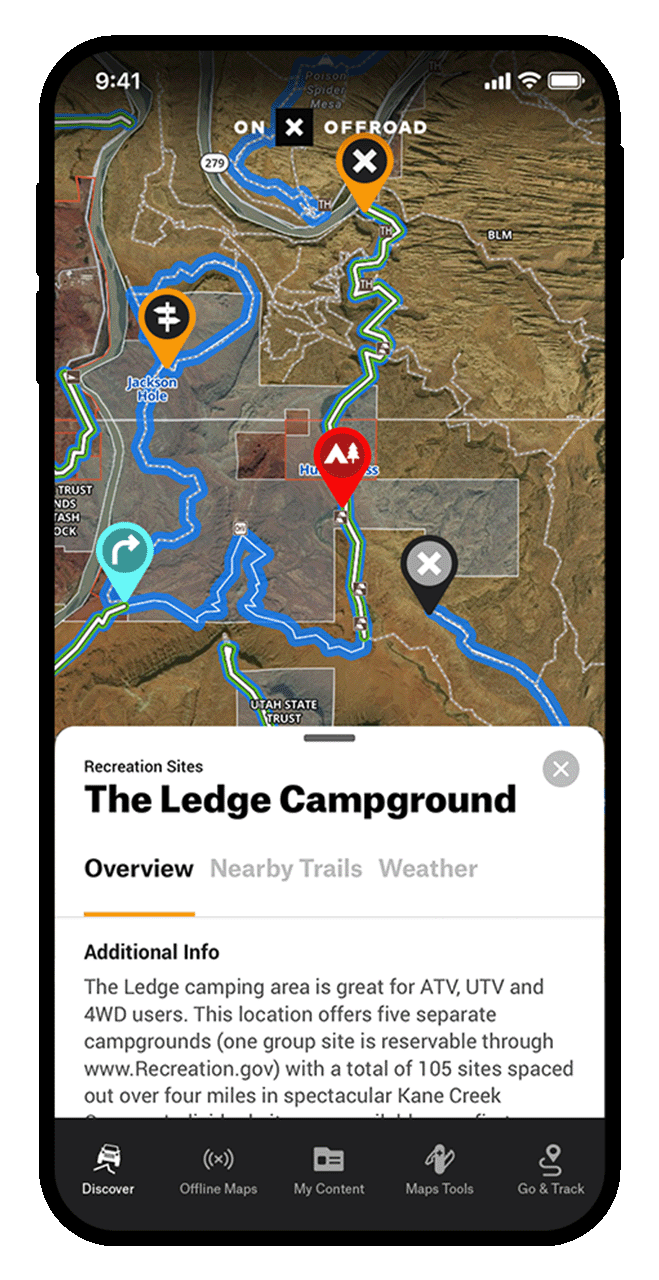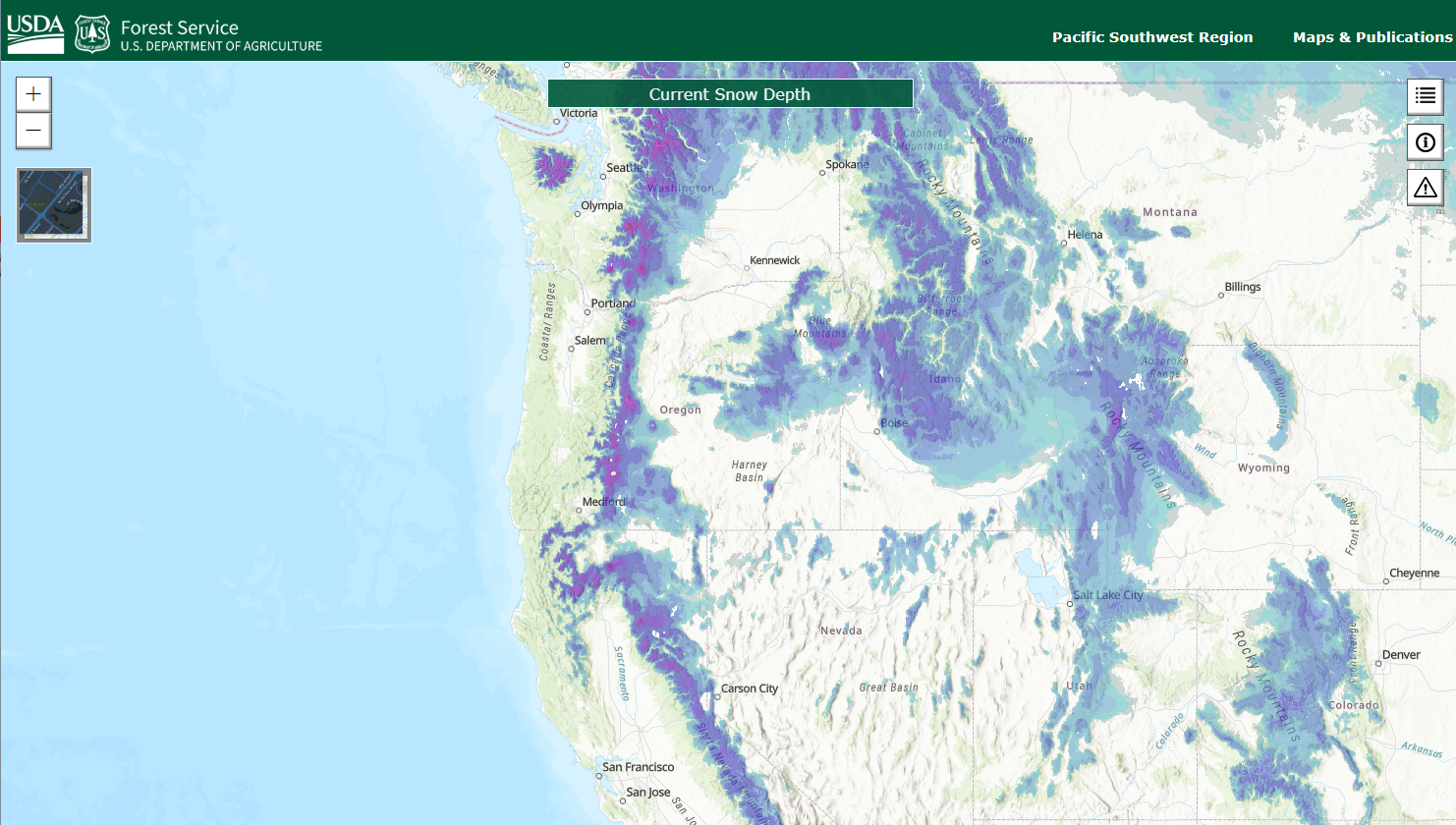1996 Jeep Cherokee XJ
SE 2.5
TALK TO A PARTS EXPERT TODAY!
FREE SHIPPING ON ORDERS OVER $70 in the contiguous US lower 48 states
SPECIALS!
Winter may mark the end of outdoor adventures for most, but for many off-road enthusiasts, it signals the beginning of a new kind of fun. Snow wheeling is an exhilarating way to explore snowy landscapes and push your limits. It challenges your off-road skills, your gear, and your vehicle, making preparation key to a successful snowy adventure.
While this guide isn’t the end all be all, I’ve compiled a few tips, tricks, and essential gear to help you sharpen your snow wheeling abilities. I'm constantly trying to sharpen my skills off-road and learn new things, especially when it comes to snow wheeling and camping.
With that being said, if you’ve got tips, tricks or gear recommendations that I didn’t cover, hit up the comments below and let us know!
Plan Your Route
Planning and preparing your snow-wheeling route is essential for a safe and successful adventure. While there are many ways to plan a route, my go-to approach combines the onX Offroad app and the USDA Snow Map website.
The onX Offroad app is an excellent tool for finding snow-wheeling spots. It features an interactive map packed with trails and forest service roads, and it even indicates whether a trail is open or closed—helpful since many trails are locked behind gates during the winter. The app also allows you to download trail maps for offline use, which is a critical feature since most snow-wheeling areas have little to no cell service.
In addition, I use the USDA Snow Map, its an interactive website that provides real-time snow depth data. This is invaluable for locating areas with snow and determining if the snow depth is manageable for your vehicle and skill level.
Stay Warm
Before you hit a snowy trail for off-roading and camping, it’s crucial to gear up with the right clothing and equipment to stay warm and dry. Start by layering your clothing, beginning with a base layer of thermals to trap heat. Waterproof pants, jackets, and boots are essential for keeping you dry, especially if you’ll be trekking through snow on foot. Don’t forget warm gloves to protect your hands from the biting cold, and a beanie to shield your head from the frigid air. Proper winter clothing can make or break your snow-wheeling adventure!
If you’re planning to camp in the snow, a propane fire pit is a must-have for staying warm once the sun sets. I’ve found that using a fire pit inside an awning room (with ample ventilation) works great for trapping heat and staying cozy.
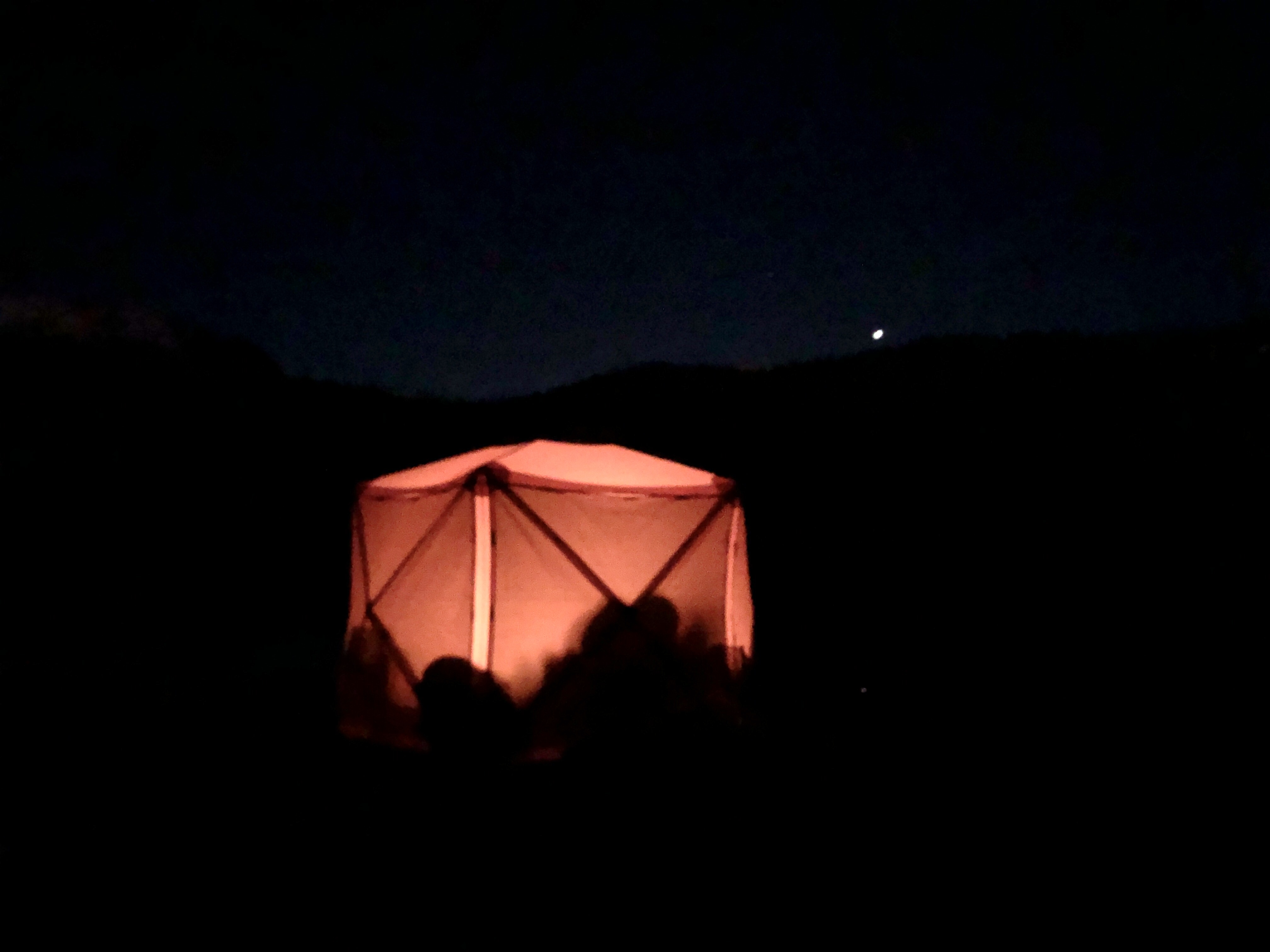
Hunkering down for the night with a warm propane firepit in my awning room
A warm sleeping setup is equally important. Rooftop tents are fantastic for snow camping because they keep you off the cold ground and eliminate the worry of a soggy tent floor. Whether you choose a rooftop or ground tent, make sure to bring a sleeping bag with an appropriate temperature rating. To ensure your sleeping bag will keep you warm, choose a sleeping bag that has a rating of at least 20 degrees fahrenheit lower than the forecasted temperature low. For example if the forecast says itll be 20 degrees at night, opt for a 0 degree or lower sleeping bag. That said, sleeping bag ratings are only guidelines, so it’s always wise to pack extra blankets and jackets for added warmth.
Preparing Your 4x4 For the Snow
Equipping your rig with the right gear and upgrades will make plowing through snowy trails that much easier. After recovering three different unprepared vehicles on a recent snow trip, it reminded me just how important it is to ensure your 4x4 is ready to hit the snow.
Winch & Recovery Equipment:
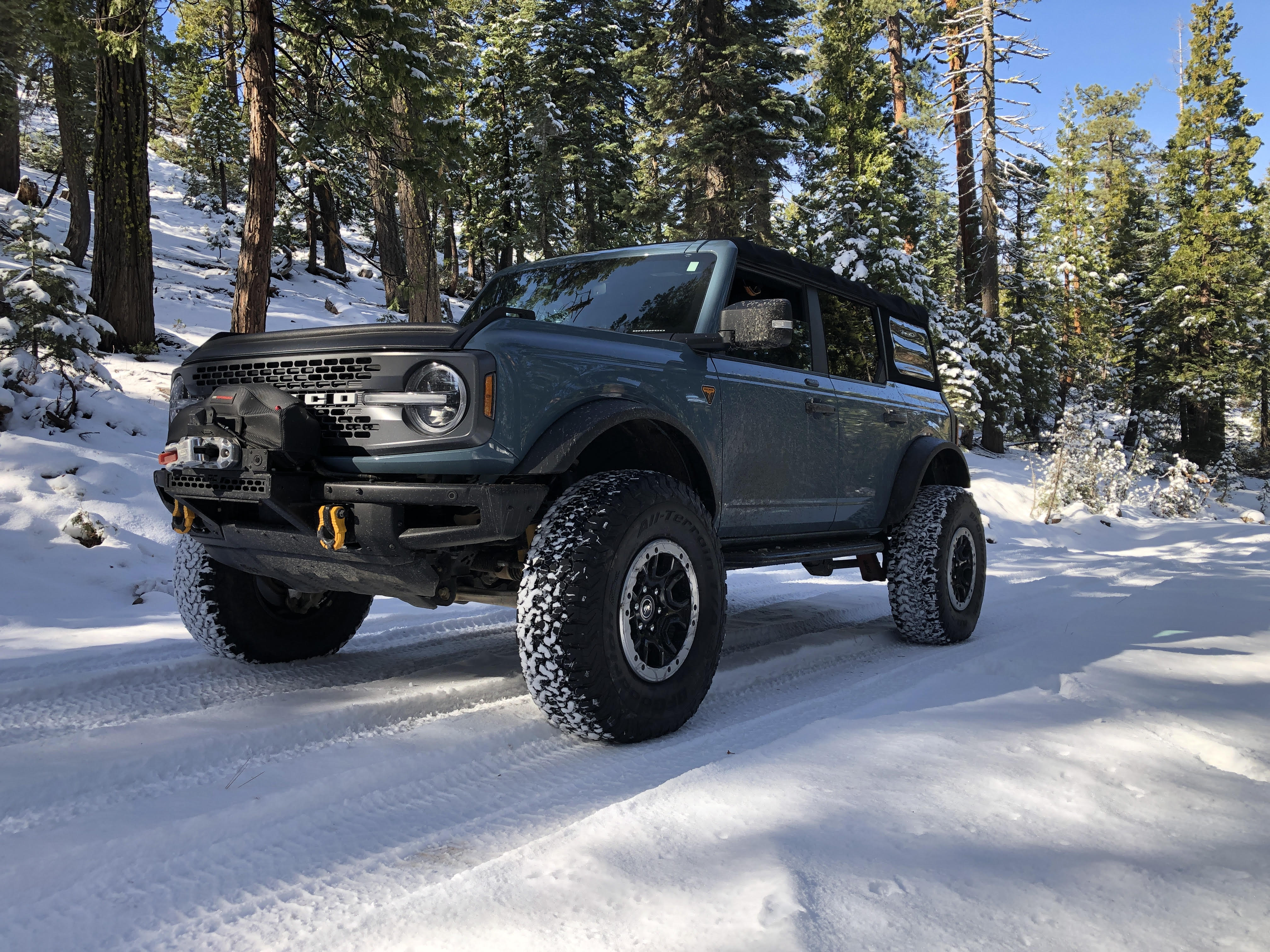
When it comes to off-roading the snow, its usually a matter of when, not if, you'll get your vehicle stuck. For this reason, a winch is one of the most useful tools to equip on your 4x4 before hitting the snow. A winch will allow you to recover your vehicle or your buddies rig when the inevetable happens.
Bumpers/recovery points:
Many 4x4s and trucks don't come from the factory with recovery points, thus adding on front and rear bumpers that have hooks or d-ring mounts is crucial for snow recoveries. Additionally, many front bumpers come complete with a built in winch plate for easy winch mounting.
Ropes & Straps:
A winch is essential recovery gear, but having additional tools ensures you're prepared for any situation. Equip yourself with kinetic ropes, tree saver straps (for winching off trees), tow straps, soft shackles or d-rings, and snatch blocks to handle tough snow recoveries with confidence.
First Aid Kit:
Snow-wheeling will take you to remote areas, often without cell service, so its incredibly important to be prepared for anything.
Air Compressor:
An air compressor is a valuable tool to have while snow-wheeling, not only is it needed to reseat a tire thats slipped off its bead, its also necessary if you're planning on airing your tires down.
Tires:
Ensuring your 4x4 has a good set of tires is one of the most important things you can do to get your rig ready for the snow. Street tires are not meant for deep snow driving and will not perform well, your 4x4 needs to have an aggressive set of tires to play in the snow. Typically all-terrain tires are the ideal choice for snow-wheeling. Many all-terrain tires are 3-peak mountain snow flake rated which means they've been tested and are certified to provide higher levels of traction in severe snow conditions. This rating isnt the end all be all for snow-wheeling performance, but it does provide additional confidence both on a snowy trail and driving through the mountain roads to get to the trail.
The reason I recommend all-terrain tires for snow-wheeling is because they tend to pack and hold snow into their treads better than a mud terrain which ejects the snow from its tread. While this may seem counterintuitive, it’s important to remember that snow sticks to snow better than it does to rubber, giving all-terrain tires an advantage in snowy conditions.
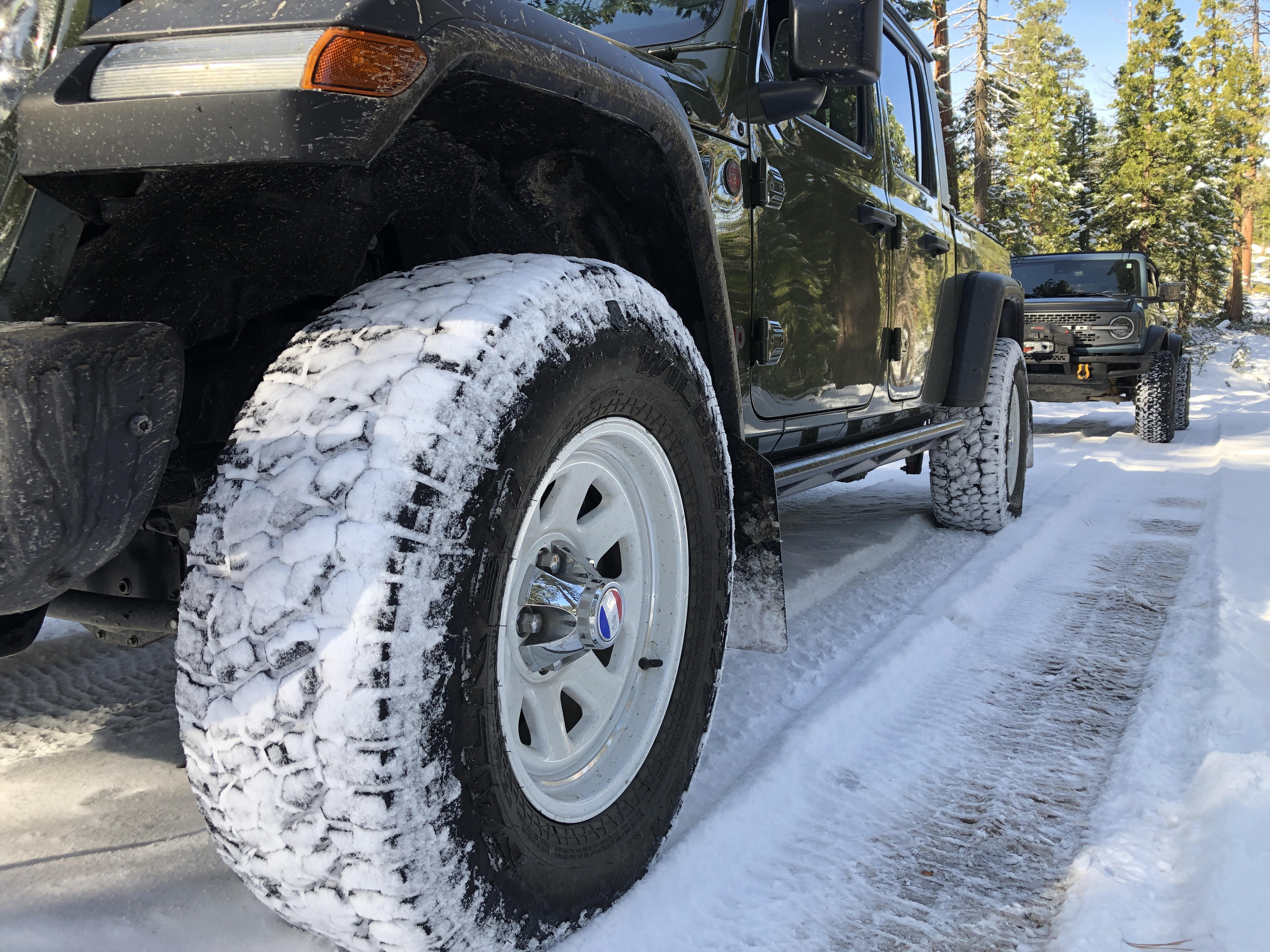
All terrain tires typically hold onto snow better than mud terrains, which provides better traction as snow sticks to snow better than rubber.
Tips & Tricks For Snow-Wheeling
While nothing beats practice and experience driving through snowed over trails, there are several tips and tricks you can use to make your snowy adventures that much more successful.
Air Down Your Tires:
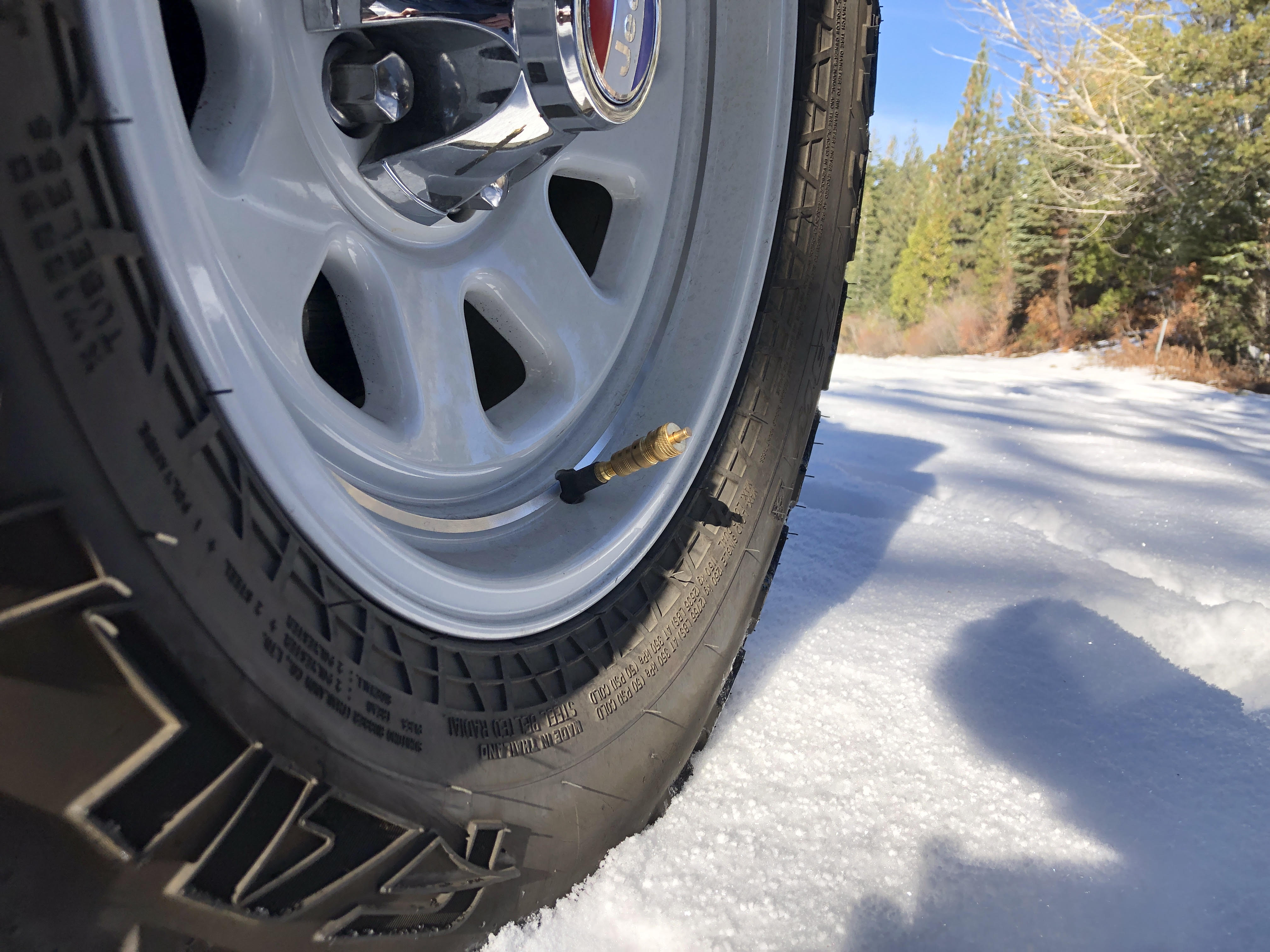
Dropping the PSI in your tires is probably one of the best things you can do for off-road capability and comfort, and this holds especially true for snow-wheeling. Lowering the PSI allows the tires to become wider and longer, increasing the contact patch with the snow. This larger contact patch not only improves traction but also helps your rig float over the snow rather than sink and get stuck. Don't forget to bring an air compressor to air up at the end of the day!
Don't Spin Your Tires:
When driving through deep snow, maintaining control and a steady speed is key. A slower, consistent pace can help you prevent your rig from sinking. If traction starts to slip, avoid gunning the accelerator, as this often just spins the tires and digs you in deeper. Abrupt stops, especially on inclines, can also lead to getting stuck. If your 4x4 does get stuck, avoid flooring the accelerator; instead, try reversing in a controlled manner to free yourself before moving forward again. Additionally, when parking your vehicle in deep snow try to do so on level ground or on a slight decline, this will make it much easier to get going again without getting stuck.
Bring a Friend:
I always recommend bringing a friend who also has a capable 4WD vehicle, especially if it's your first time snow-wheeling. As I've mentioned above, when driving in deep snow, it's usually not a matter of if, but when you'll get stuck. Having a second vehicle makes recoveries much easier and ensures you'll always have something to winch to or be winched by. Be sure you and your buddy are equipped with radios or walkie-talkies to stay in communication and coordinated throughout your snow-wheeling trip.
Keep Your Distance:
When driving with other rigs on a snowy trail, it's important to keep a good distance between vehicles. Trails may be icy and slick, which increases stopping distances, putting close-following vehicles at risk of a fender bender on the trail. Keep plenty of space between rigs to prevent sliding into each other!
Plan to Stay Overnight:
Even if you are only planning a day trip to the snow, it's important to pack as if you are staying overnight. This ensures that, even in the worst-case scenario, you are properly prepared. Packing warm blankets, extra jackets and clothes, and plenty of extra food and water is always a good idea for any snow trip. Be sure to also top off your fuel tank or pack extra fuel before hitting the trail, as snow-wheeling tends to consume fuel faster than many other types of off-roading.
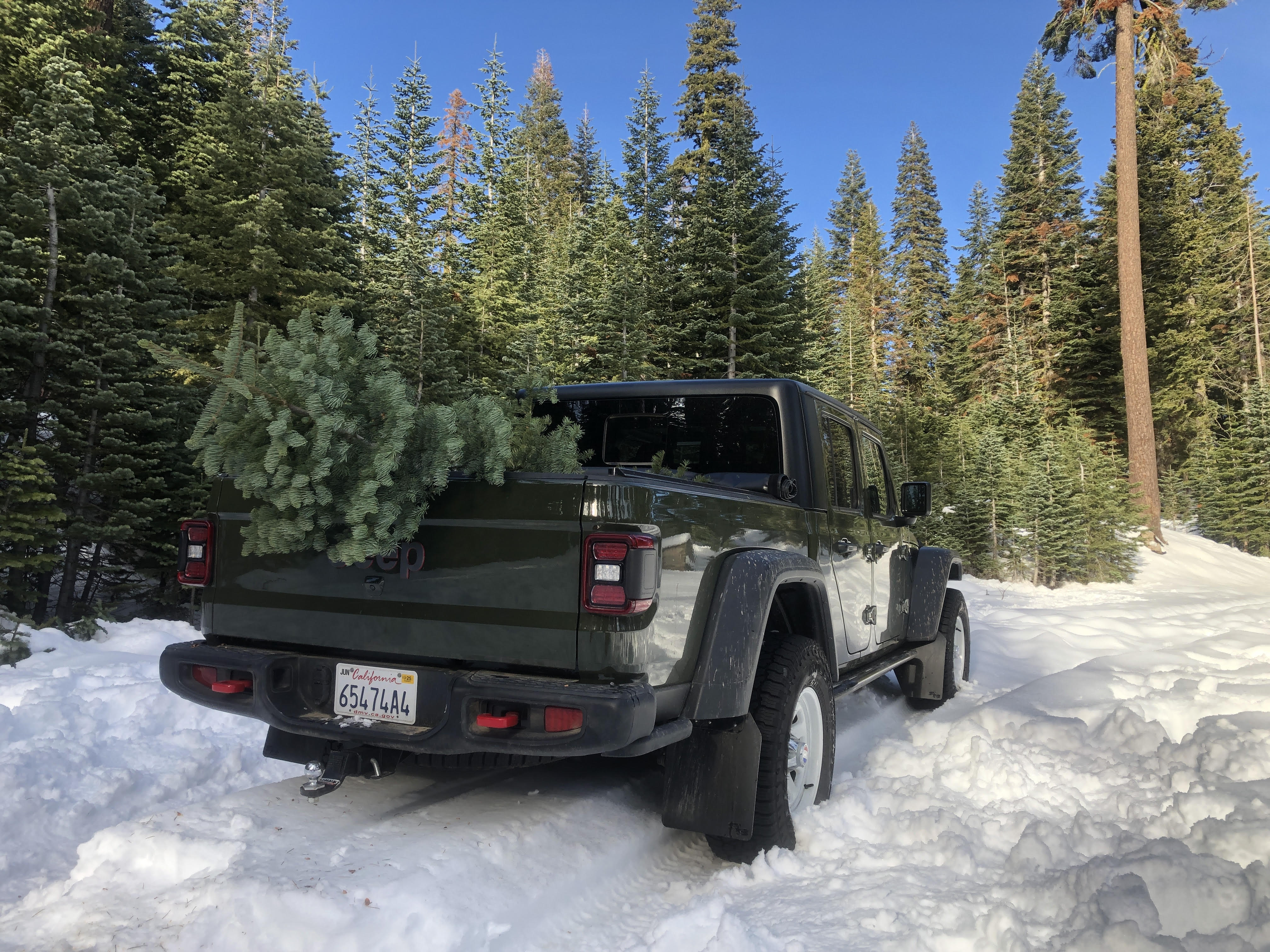
Beadlock VS Non-Beadlock Wheels
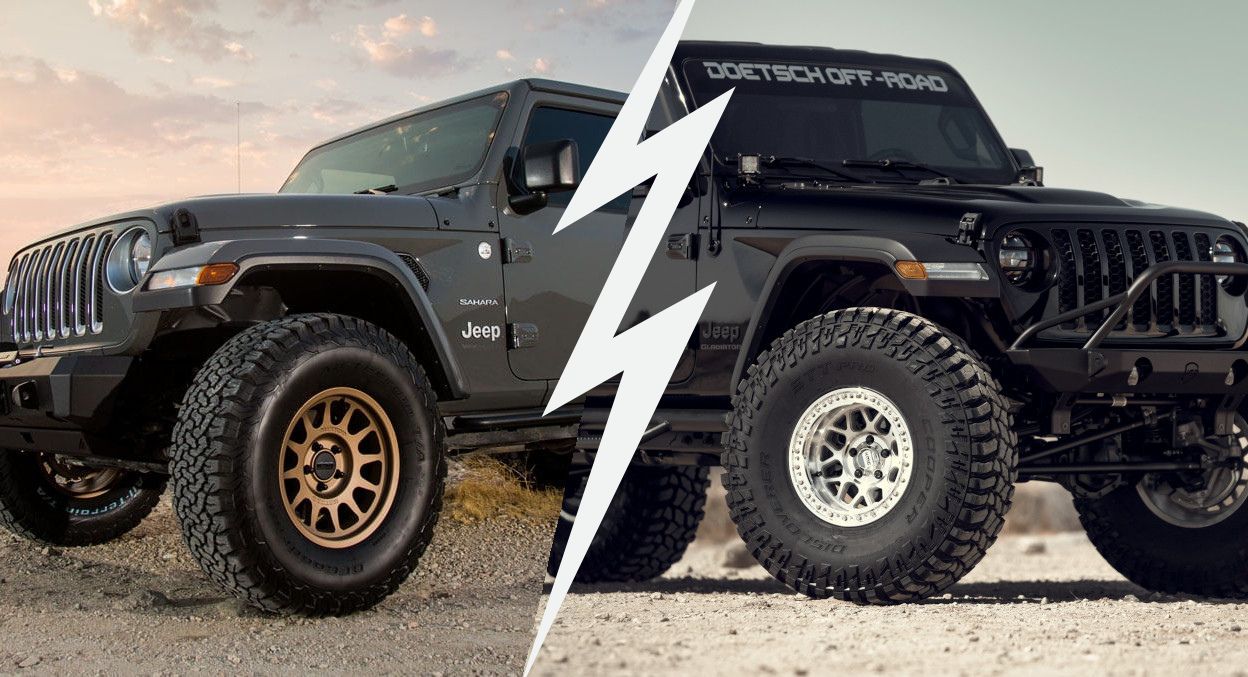
Lowering your tire pressure is always a good idea when hitting snowy trails; however, this does increase the risk of potentially debeading a tire from its wheel. The risk of tire debeads is amplified the lower the PSI you go, which is where the Beadlock vs. Non-Beadlock wheel debate comes into play.
Beadlock Wheels:
Equipping a set of beadlock wheels is the ultimate upgrade for snow wheelers, you can drop your PSI extremely low with little risk of losing a tire bead. Running extremely low PSI in the snow makes your tires even wider and longer which further adds capability, traction and floatation over snow. However, most beadlocks are not DOT approved and many tire shops will not work on beadlocks. Beadlock wheels are great for those who use their off-road rig mainly as an off-roader and not a daily driver. Thats not to say beadlocks can't be daily driven, just that its not the most ideal setup.
Non-Beadlock Wheels:
Don't be discouraged from snow-wheeling if you aren't equipped with beadlocks; you can still have plenty of fun in the snow with non-beadlock wheels. The typical recommendation, however, is not to go lower than 10 PSI on non-beadlocks, as this will greatly increase the risk of the tires debeading. Non-beadlocks do have several advantages that still make them desirable for off-roaders. Non-beadlocks tend to be significantly lighter than beadlocks, which puts less strain on your drivetrain and is generally better for fuel efficiency. Non-beadlocks are also easier to service, as any tire shop will be able to work on them.
A Third Option?!
For a long time, there were only two options for off-road wheels: Beadlocks and Non-Beadlocks. However, Method Race Wheels developed what they call Bead Grip Technology for their wheels. In essence, Bead Grip wheels are the best of both worlds, offering impressive bead retention even at extremely low PSI but without the need for beadlock rings. Bead Grip wheels are lightweight, just like non-beadlock wheels, and they mount the same way as non-beadlocks, meaning tire shops can easily work on them. These are the perfect upgrade for those who daily drive their 4x4 and tackle challenging off-road terrain and deep snow.
Time For Adventure
Snow-wheeling offers some of the most exciting off-road adventures, but it does require preparation and a few essential tips to ensure a successful outing. Snow-wheeling certainly has a learning curve to it and I didnt cover everything, but hopefully you’ve picked up some helpful information or feel inspired to tackle the challenge of snow-wheeling especially if it’s new to you. Feel free to share any additional tips, tricks, or gear you rely on for snow adventures in the comments!
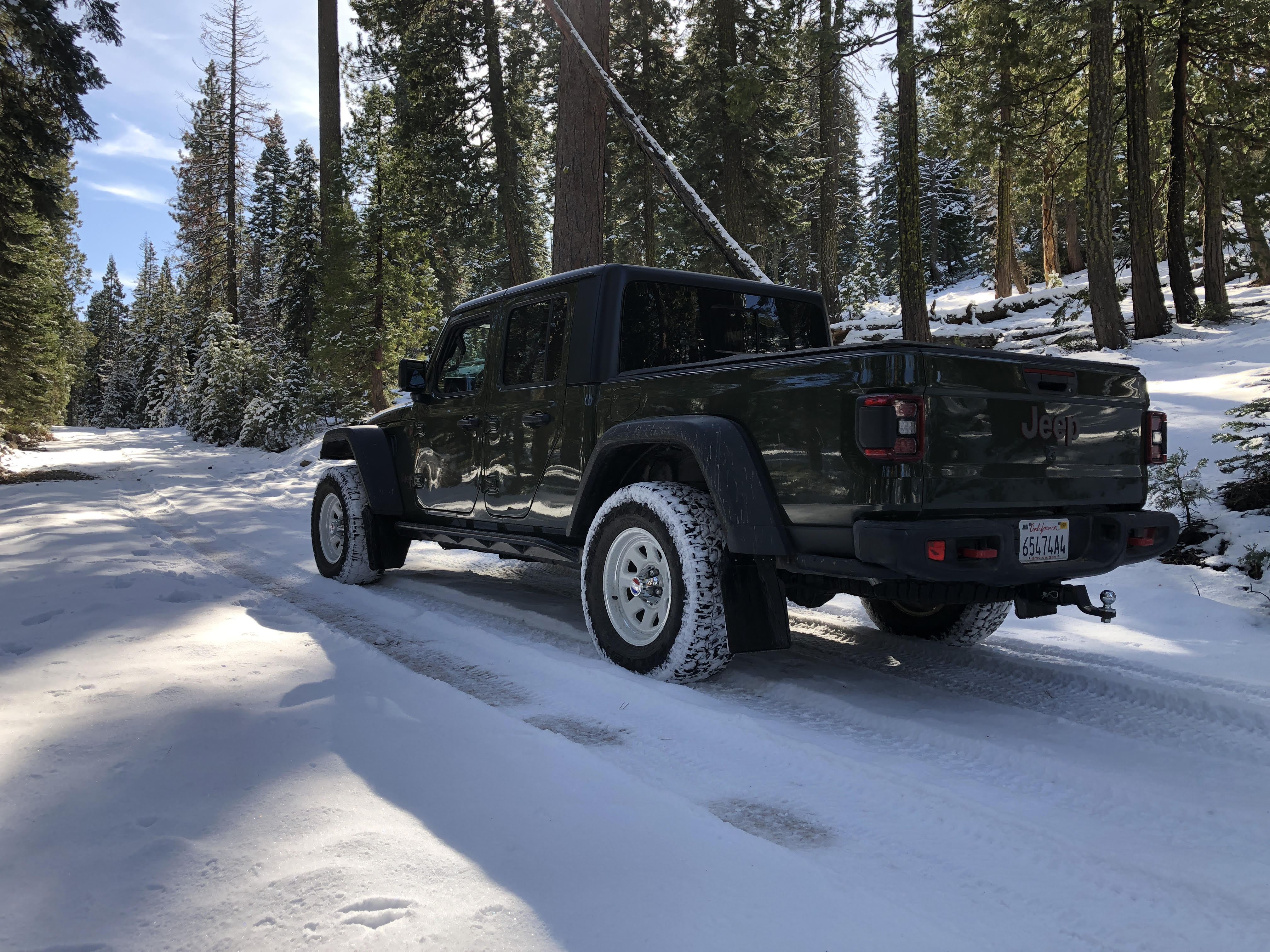
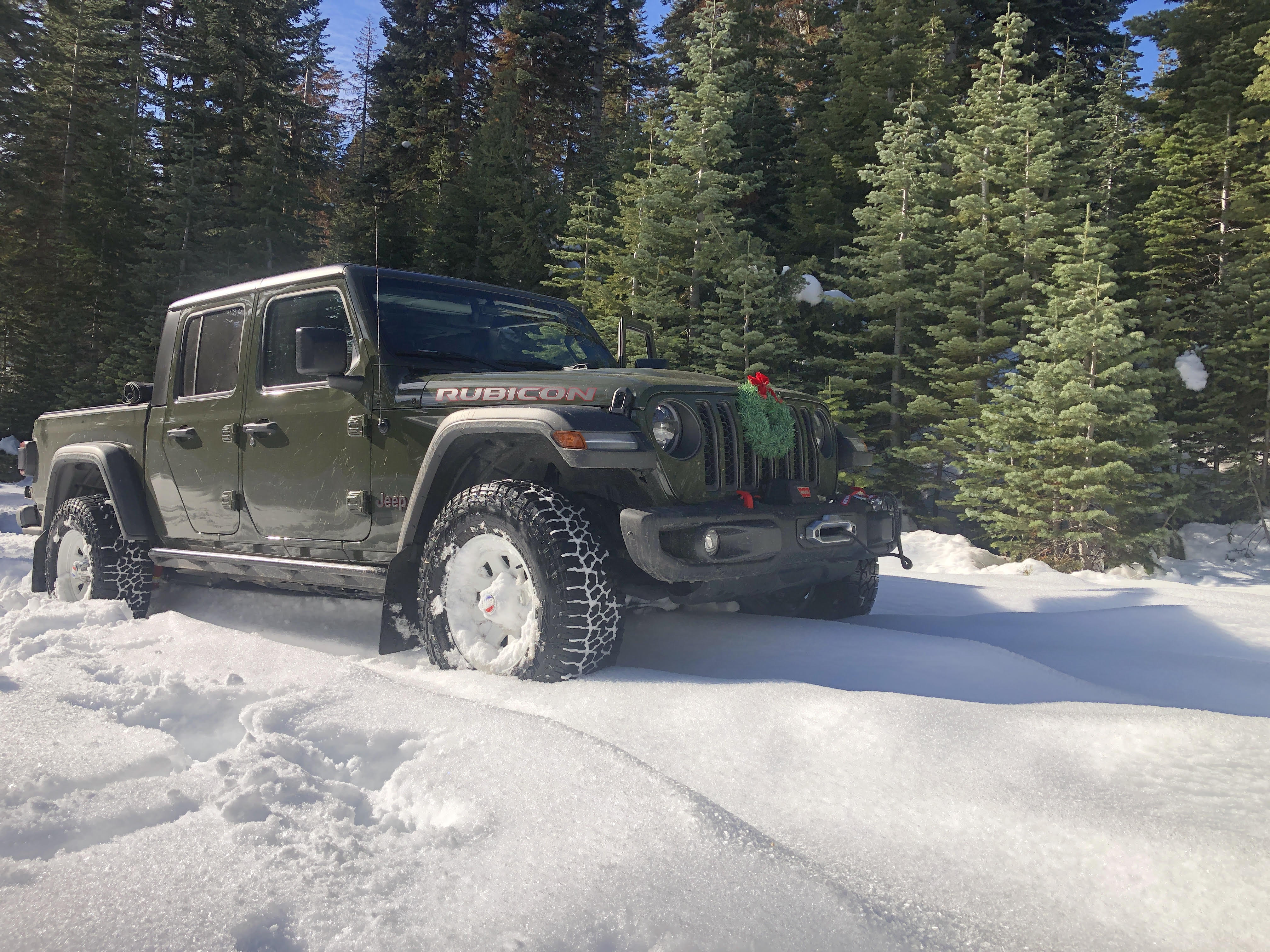
Merry Christmas and Happy Snow-Wheeling!

